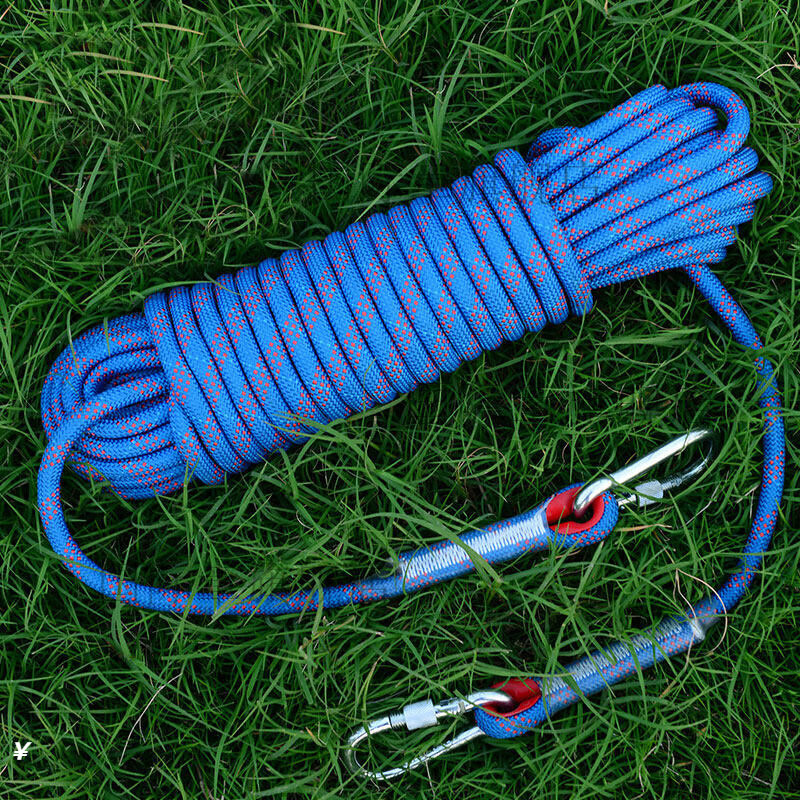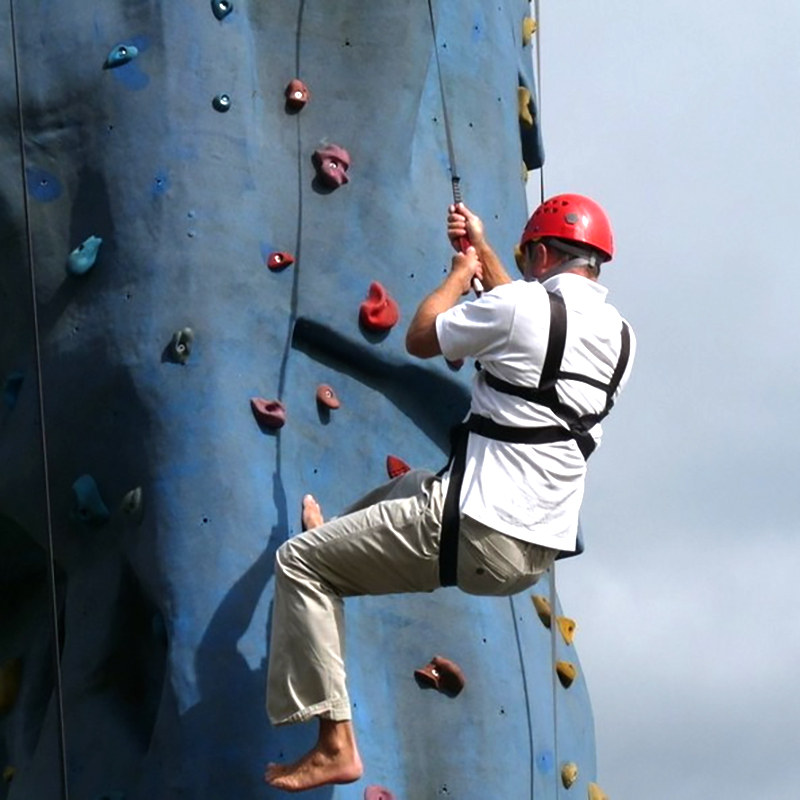Static ropes are divided into A-type ropes and B-type ropes:
Type A rope: used for caving, rescue, and working platforms with ropes. More recently, it has been used to connect with other devices to leave or go to another working platform in a tense or suspended situation.
Type B rope: used together with Class A rope as auxiliary protection. It must be kept away from abrasions, cuts, and natural wear and tear to reduce the chances of falls.
Static ropes are traditionally used in cave exploration and rescue, but they are often used in high-altitude downhill, and can even be used as top rope protection in rock climbing gyms; static ropes are designed to have as little elasticity as possible, so they can barely absorb impact.
The static rope is like a steel cable, which transmits all the impact force directly to the protection system and the person who fell off. In this case, even a short fall will have a very large impact on the system. In applications such as a fixed rope, its dragging point will be on a huge wall, cliff or cave. A rope with relatively little shrinkage is called a static rope, and it will elongate by about 2% under the action of body weight. To protect the rope from a lot of extra wear, the rope is usually made thicker and a rough protective sheath is added. Static ropes are usually between 9mm and 11mm in diameter, so they are usually suitable for ascending, descending, and using pulleys. Thinner ropes are the best choice for alpine climbing since the main concern in alpine climbing is weight. Some expedition members use a rope made of loose polypropylene material as a fixed rope. This kind of rope is lighter and cheaper, but this kind of rope cannot be used, and it is prone to problems. The static rope must have a main color coverage rate of 80%, and the whole rope cannot exceed two secondary colors.



Post time: Jan-09-2023

